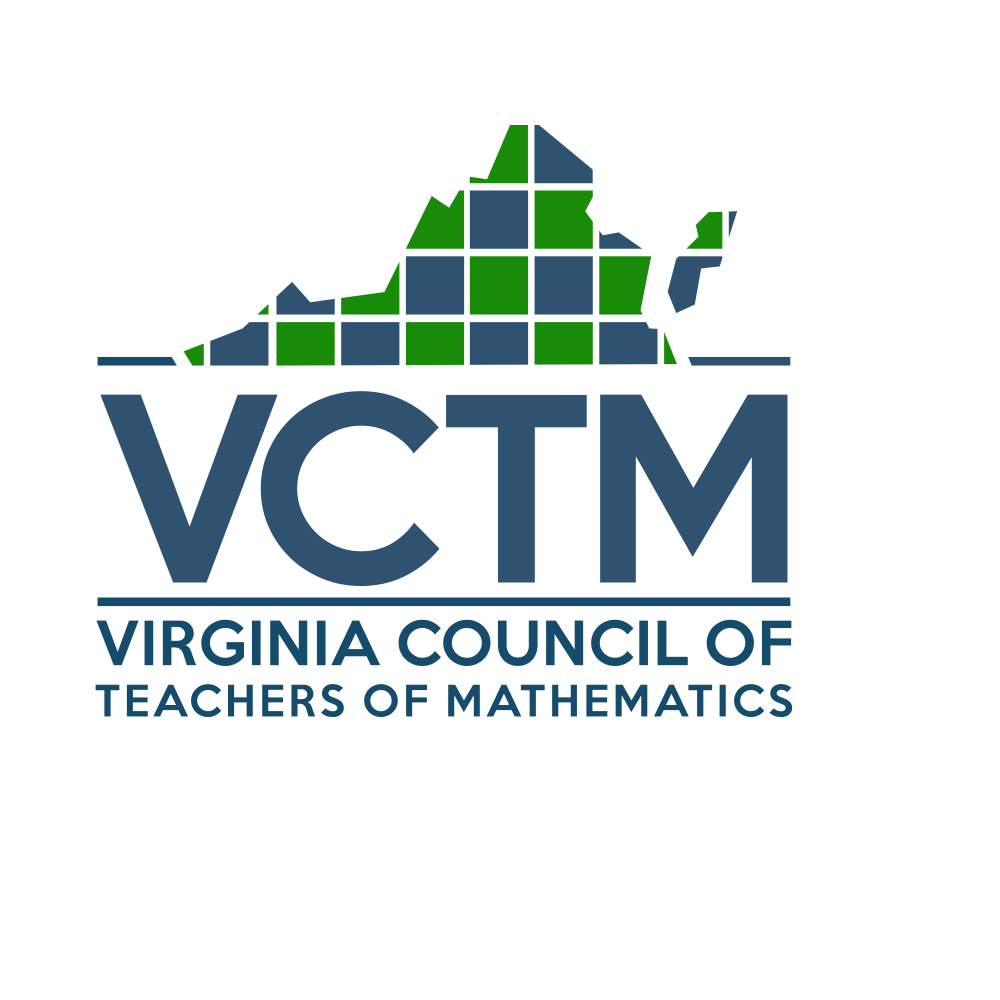- Home
- Journal
- Conference Proceedings
- 2018 Annual Conference Proceedings
- Inquiry: Ready, Set, Go
INQUIRY: READY, SET, GO
Pamela Bailey
Mary Baldwin University
Planning and facilitating an inquiry-based lesson, as well as collaboration, was the focus for the participants during this interactive session. The construct used to engage the participants is referred to as “The 5-5-8 Model,” a blend of the 5 E's, the 5 Talking Points, and the 8 elements of Thinking Actively in a Social Context (TASC). Working in small groups, the participants reviewed a rich, inquiry-based task and began discussions from the teacher lens regarding how to implement the task to ensure the student approach is and remains inquiry-based. The Teacher’s Questions-Actions Guide is based on the Model and is the working document used when planning.
NCTM published Principles to Actions (2014) that shared eight effective practices for teachers and students of mathematics. Three of these practices are discourse, purposeful questioning, and reasoning and problem solving. Knowing these are the “effective” practices, how does a teacher pull it all together in the classroom to plan and implement inquiry-based lessons? Doig and Groves (2011) promote using the approach of lesson study to set goals, plan, teach and observe the lesson, and engage in a post-discussion of the student’s responses to the lesson. Mitchell (2017) shares a five-step approach for planning the lesson to include goal setting, good questions, discourse, and reflection. There is a common thread through these 5 steps: planning and discourse. Inquiry was found to decline when teachers provide too much information or too much guidance in an effort to support students. Therefore, planning ahead of time what to say and what not to say is a step toward successful implementation. We need less of the “teacher tell” and more of the “students doing and thinking.”
The 5-5-8 Model is composed of three ideas that encourage discourse, problem solving, and collaboration. Beginning with the 5 E’s (Biological Sciences Curriculum Study (BSCS), 2006) as the foundation for the Model, applicable elements of Thinking Actively in a Social Context (TASC, Wallace, Bernardelli, Molyneux, & Farrell, 2012) and Talking Points (Smith & Stein, 2011) are inserted into each E to place an emphasis on problem solving and discourse.
THE 5-5-8 MODEL: CONNECTING THE 5 E’s, TASC, AND TALKING POINTS
The BSCS (2006) share the 5 E’s which are engage, explore, explain, evaluate, and extend that was initially used in science. The 5-5-8 Model is seen through two lenses: 1) the teacher explaining the task is inserted after the engagement, and 2) the student explaining, as given by the BSCS, is placed after the exploration. The resulting lineup for the E’s in the 5-5-8 Model is engage, explain (teacher), explore, explain (student), evaluate, and extend. Inserted into the E’s are the TASC (Wallace, Bernardelli, Molyneux, & Farrell, 2012) elements to further explain and provide guidance for problem solving and applicable Talking Points (Smith & Stein, 2011) to properly plan the classroom discourse. These connections are illustrated in the Model and shared in the Teacher’s Questions-Actions Guide (see Figure 1). Completing the Guide will enable teachers to focus even more explicitly on discourse while planning, implementing, and debriefing the lesson for each E - TASC stage. The left column of the Guide contains the E’s and TASC elements followed by the second column that provides the applicable Talking Points. Teachers fill in the remaining three columns with their action during the planning, implementing, and debriefing stage of the lesson.
Figure 1: The Teacher’s Questions-Actions Guide that is based on the 5-5-8 Model.
Participant Interactions
The session focused on the discourse and actions of the teacher for each of the E – TASC stages for planning and implementation of the inquiry task. During the conference session, participants were introduced to the Model and the Guide. They noted the importance of the exploration and student explanations as being key to problem solving by the TASC elements number three and two, respectively. Participants chose one of four different grade level tasks to use in their mock collaborative lesson planning stage. The stages were approached consecutively with each group discussing the task, the E - TASC element(s), and the Talking Points specific for each stage in order to develop questions and actions. As a result, the teachers discussed the knowledge on a deep level, identified appropriate student actions, and how they might support all students to be engaged in the lesson while ensuring that the goal of the lesson was met through inquiry. For example, during the exploration stage, the teachers discussed the multiple approaches students may use based on their prior knowledge and their possible misconceptions. Anticipating this allows teachers to plan ahead actions and questions to ask while monitoring students’ exploration in order for students to develop a deeper knowledge of the mathematics content.
In addition to completing the Guide, teams shared with their peers and learned from each other. These collaborations between the participants is a secondary focus for using the Model and the Guide. This collaboration deepens teacher mathematics content knowledge and ways to implement inquiry teaching practices that continues to transform instruction.
References
Biological Sciences Curriculum Study (BSCS). (2006). The BSCS 5E instructional model: Origins and effectiveness: A report prepared for the Office of Science Education. Colorado Springs: Author.
National Council of Teachers of Mathematics. (2014). Principles to Actions: Ensuring Mathematical Success for All. Reston, VA: NCTM.
Smith, M. & Stein, M. (2011). 5 practices for orchestrating productive mathematics discussions. NCTM. Reston, VA.
Wallace, B., Bernardelli, A., Molyneux, C., & Farrell, C. (2012). TASC: Thinking actively in a social context: A universal problem-solving process. Gifted Education International, 28(1), 58-83. Doi: 10.1177/0261429411427645


